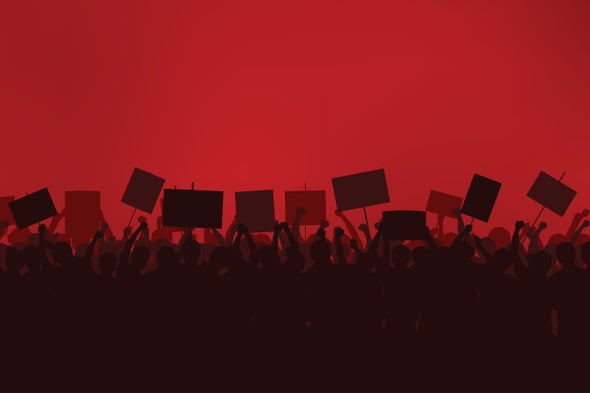The 4 Stages of Conspiracy Theory Escalation on Social Media
Published By admin

Conspiracy theory beliefs and (more generally) misinformation may be groundless, but they can have a range of harmful real-world consequences, including spreading lies, undermining trust in media and government institutions and inciting violent or even extremist behaviors.
For example, some conspiracy theories claim that the Covid-19 pandemic is a hoax or a plot by a secret cabal to control the world population. Such beliefs can lead to a rejection of vital health measures, such as wearing masks or getting vaccinated, and thereby endanger the public. They can also erode the credibility and authority of scientific and political institutions, such as the World Health Organization or the United Nations, and foster distrust and polarisation.
Taken to the extreme, conspiracy theories can even motivate some individuals or groups to engage in violence. False narratives about the 2020 US presidential election having been “stolen” underpinned the attack on the US Capitol, on 6 January 2021. Another example is the “Pizzagate” incident in 2016: falsely believing that a Washington, D.C., pizzeria was a front for a child-sex ring involving high-ranking Democrats, a man from South Carolina drove to the capital, entered the restaurant with an assault-style rifle, and terrified its workers and customers as he searched for evidence that didn’t exist of a crime that never took place.
Content retrieved from: https://www.scientificamerican.com/article/conspiracy-theories-how-social-media-can-help-them-spread-and-even-spark-violence/.






